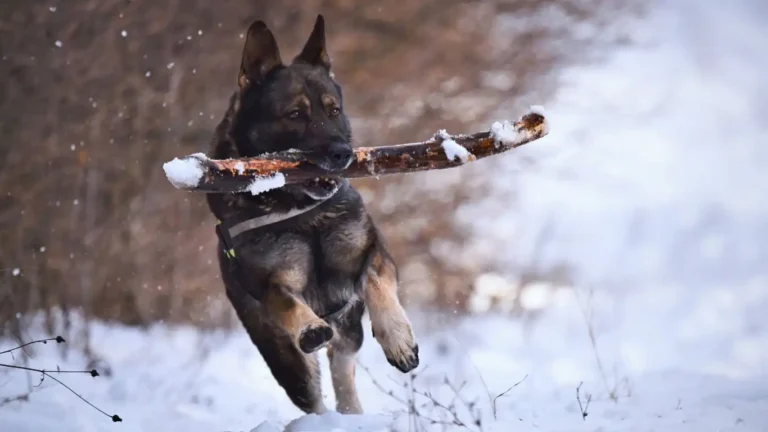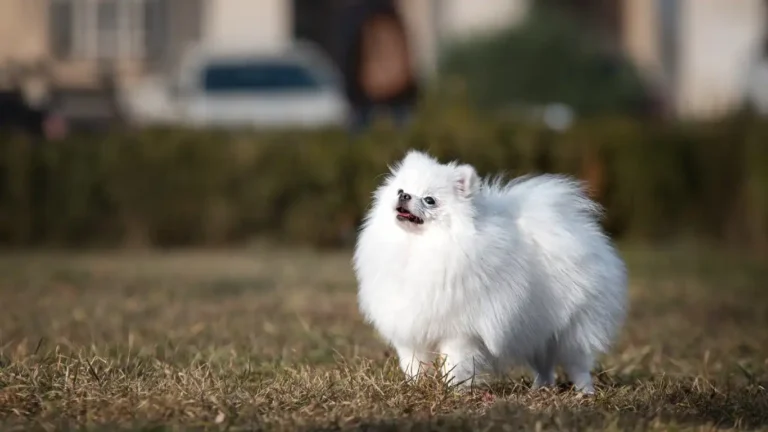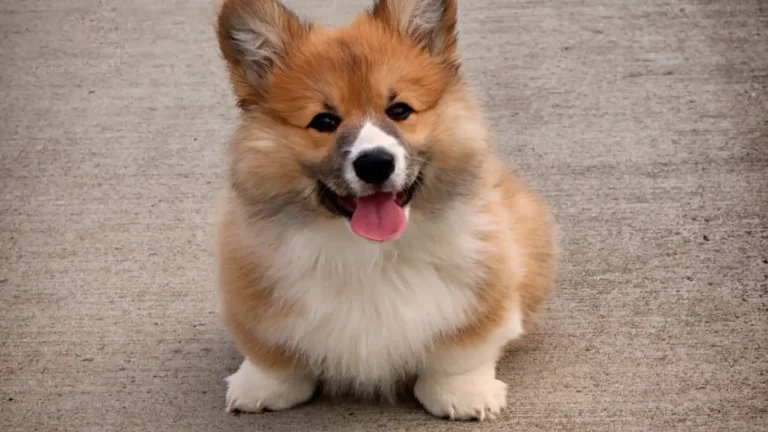How to Prepare Your Dog for Cold Weather: Keep Your Pup Warm and Safe
When the temperatures drop, your furry best friend can feel it just as much as you do—sometimes even more. So if you’re wondering how to prepare your dog for cold weather, you’re absolutely on the right track. As a Veterinary Technician who’s spent years specializing in pet nutrition and seasonal care, I’ve seen more pups than I can count come into the clinic with winter woes that could’ve easily been avoided. From dry, cracked paw pads to shivering seniors struggling on icy walks, cold weather prep isn’t just a good idea—it’s a must. And honestly, a few simple adjustments can make a world of difference in keeping your dog healthy, happy, and warm through the chilly months.
Why Cold Weather Prep Is More Than Just a Cute Sweater

Look, I love a pup in a puffy vest as much as the next person, but getting your dog ready for winter goes way beyond adorable outerwear. Cold weather can be surprisingly harsh on dogs, especially smaller breeds, seniors, and dogs with short or thin coats. Even if your dog loves to zoom around in the snow, that doesn’t mean they’re immune to frostbite, hypothermia, or even dietary changes caused by the weather shift.
In my experience, pet parents often underestimate how quickly a dog can get uncomfortable—or worse—once the temps hit freezing. That’s why prepping them for the cold isn’t optional. It’s part of being a responsible, loving pet parent.
Signs Your Dog Is Too Cold
If your dog could talk, they’d probably just ask for a heated blanket and a snack—but until then, here’s what to watch for:
- Shivering or trembling
- Whining or acting anxious
- Holding up paws or limping
- Seeking shelter, hiding under things, or refusing to walk
- Cold ears, tail, or paws when you touch them
One of my clients, a sweet little dachshund named Lucy, refused to go out for walks as soon as snow hit the ground. Her humans thought she was just being stubborn, but once we got her some protective booties and a warm coat, she was trotting like a champ again. Sometimes, it’s not behavior—it’s discomfort.
Start With a Winter Wellness Check
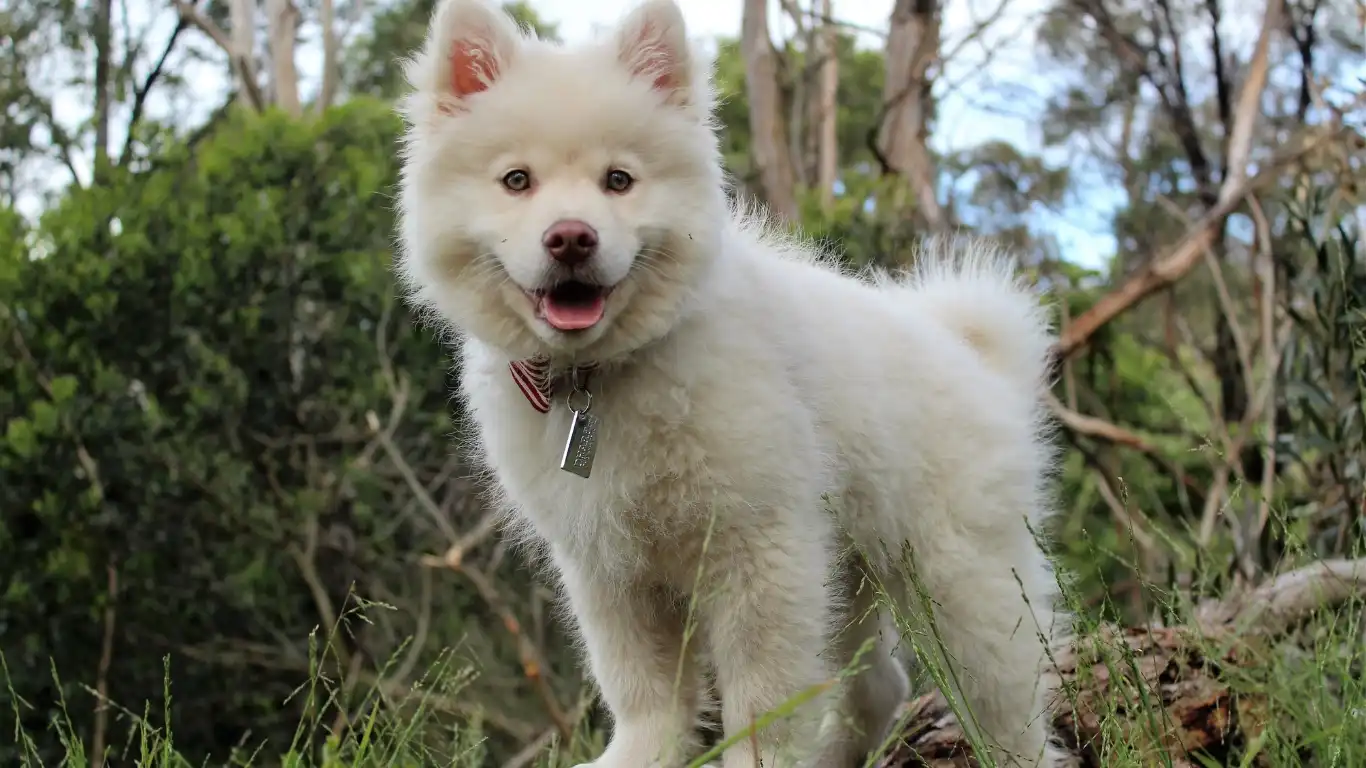
Before you gear up with sweaters and snowsuits, start with the basics: your dog’s health. Cold weather can worsen existing health issues like arthritis, joint stiffness, and respiratory conditions. As someone who works closely with senior dogs, I can’t stress enough how important it is to get a quick checkup before the season really kicks in.
Things to cover with your vet:
- Joint health – ask about supplements like glucosamine or omega-3s
- Skin and coat condition – dry, flaky skin gets worse in winter
- Weight – underweight dogs lose heat faster; overweight dogs might struggle to stay active
- Any chronic conditions – make sure meds or care plans are up to date
If you have a breed that’s naturally cold-sensitive—think Chihuahuas, Greyhounds, or Chinese Cresteds—you might also want to talk about more aggressive winter strategies, like limiting outdoor time or even adjusting their feeding schedule.
Nutrition Tweaks for the Cold Months

This is where my nutrition background really comes into play. Cold weather often means your dog is burning more calories to stay warm—especially if they’re active outside. But that doesn’t mean you should just dump an extra scoop of kibble in their bowl and call it a day.
How to adjust your dog’s diet in winter:
- More calories, but only if needed: Active dogs might need more fuel; couch potatoes probably don’t.
- Hydration still matters: Dogs tend to drink less in cold weather. Add moisture with broth or wet food.
- Essential fatty acids: These help keep the skin and coat healthy and reduce winter dandruff (yes, that’s a thing).
One golden retriever patient of mine had the worst case of winter flakiness I’ve ever seen. His skin was like a snow globe. We added salmon oil to his food, and within a month, his coat was glossy, and his itchiness disappeared. Nutrition really is medicine.
Gear Up: Essential Winter Accessories for Your Pup

Alright, now that your pup’s health and nutrition are dialed in, let’s talk gear. I’m not gonna lie—this is one of my favorite parts because it’s equal parts practical and adorable. Over the years, I’ve tested a ton of products on my own dogs and through clinic recommendations, so I’ve seen what really holds up in real-world winter weather.
Not every dog loves putting on clothes, but once they realize a jacket keeps them warm and dry? Total game changer. One of my senior patients, a Husky mix named Marley, used to fight his coat tooth and nail. But after a particularly icy walk that left him shivering for hours, his humans gave it another shot—and now, he practically sticks his head through the hole himself.
Must-Have Winter Items:
- Insulated dog jacket or sweater – Especially for short-haired or small breeds.
- Waterproof booties – Protect paws from ice, salt, and chemical deicers.
- Paw balm or wax – Creates a barrier to prevent cracking and dryness.
- Reflective gear – Days are shorter, and visibility is key during evening walks.
And hey, don’t worry if your dog does a dramatic flop the first time you try booties. That high-step walk? Totally normal. Give them a few treats and keep sessions short at first—they’ll catch on.
How to Prepare Your Dog for Cold Weather Walks

Getting your dog outdoors in the winter is still super important—mental stimulation, exercise, and potty breaks don’t stop just because it’s cold. But your walking routine will probably need some tweaks to keep it safe and comfy for both of you.
Cold Weather Walking Tips:
- Time it right: Try to walk during the warmest part of the day, usually mid-afternoon.
- Keep it short and sweet: Especially when temps drop below freezing, go for multiple short walks instead of one long haul.
- Watch the paws: Snow and ice can clump between their toes. After walks, do a quick paw check and wipe down with a warm cloth.
- Use a leash: I’ve had patients bolt after squirrels on icy paths—trust me, it never ends well.
Also, be mindful of salted sidewalks and driveways. That stuff can burn paw pads, and if your dog licks it off later, it can upset their stomach—or worse. I always recommend rinsing paws with lukewarm water when you get home.
Creating a Cozy Home Environment
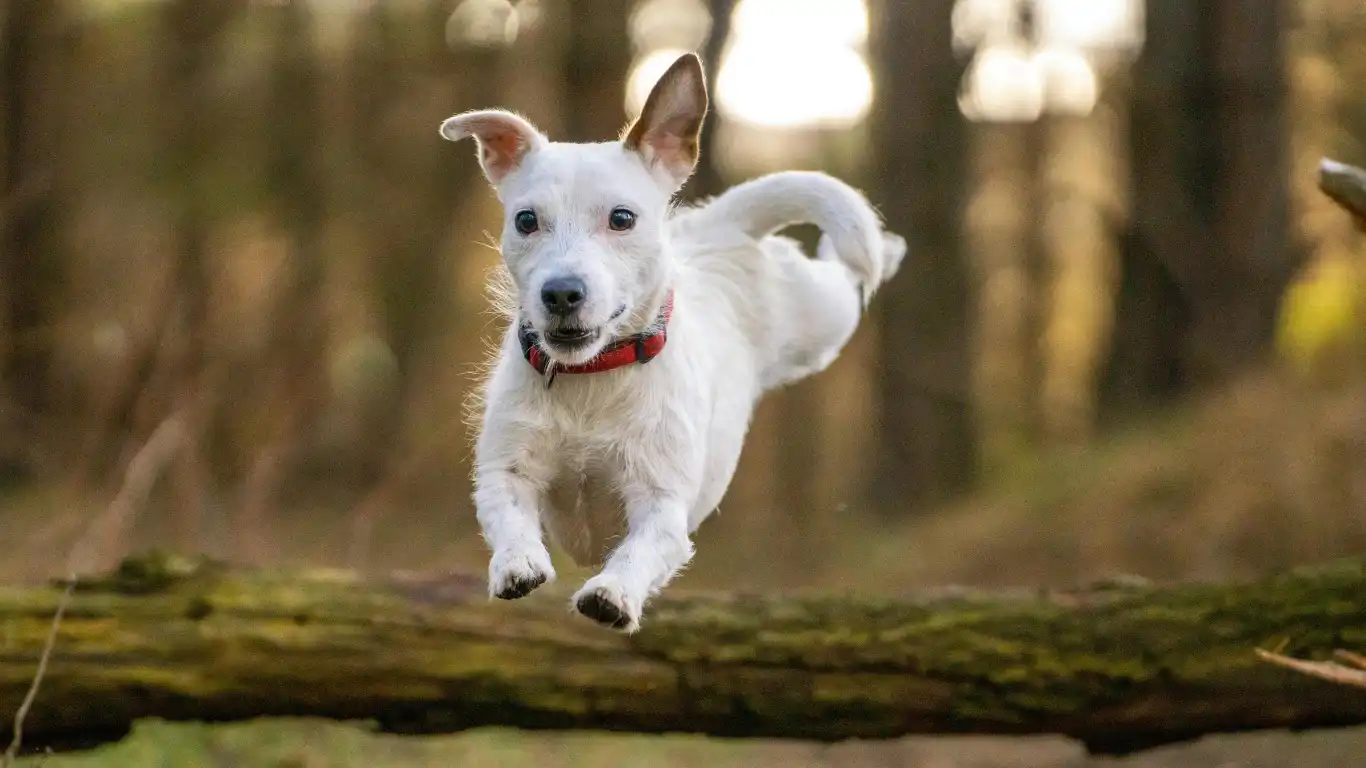
We’ve covered the outside world, but let’s not forget about your dog’s indoor comfort. Winter means more time inside, so you’ll want to make sure your dog’s home setup is warm, safe, and enriching. I tell clients all the time—if your hardwood floors are cold on your feet, they’re cold on your dog’s belly too.
Indoor Winter Essentials:
- Elevated or heated bed – Keeps your dog off cold floors and retains body heat.
- Blankets – Layer them in your dog’s favorite spots. Some pups love to burrow!
- Humidifier – Dry winter air can cause itchy skin and static-filled fur.
- Indoor play sessions – Use puzzle toys or short training games to burn off energy.
I remember one winter where my Labrador mix, Cooper, started getting stir-crazy because our walks were cut short by a blizzard. I started hiding his treats in snuffle mats and around the house, and it totally turned things around. Mental exercise is just as tiring as physical play, especially when it’s cold out.
Even placing your dog’s bed in a warmer spot, away from drafts or uninsulated walls, can make a huge difference. And if you’ve got a senior dog or one with arthritis, a heated pad (on a safe, low setting) can work wonders. Just like us, they appreciate a little extra warmth on those chilly nights.
Protecting Your Dog From Winter Hazards

Cold weather brings more than just chilly noses and frosty paws—it also introduces a bunch of hazards that can sneak up on even the most vigilant pet parents. Over my years as a Veterinary Technician, I’ve seen everything from salt toxicity to frostbite cases, and honestly, many could’ve been prevented with a bit of awareness and preparation.
Common Winter Risks & How to Avoid Them
- Salt and chemical ice melts: These can irritate paws and be toxic if ingested. Always wipe down your dog’s paws after walks and consider pet-safe ice melt products at home.
- Frostbite: Dogs can get frostbite on their ears, tail, and paws. Signs include pale, cold skin that becomes red and painful. If you notice this, warm the area gently and consult your vet immediately.
- Hypothermia: Prolonged exposure to cold can cause hypothermia, especially in puppies, seniors, and small breeds. Symptoms include lethargy, shivering, and weakness. Keep outdoor time limited and warm them up indoors.
- Antifreeze poisoning: Antifreeze tastes sweet but is deadly for dogs. Always clean up spills promptly and store chemicals safely out of reach.
- Thin ice: Never let your dog walk on frozen ponds or lakes—it can crack and cause drowning risks.
During one particularly icy winter, a client’s terrier slipped on a patch of black ice and hurt her leg. We ended up adding paw grips and adjusting her outdoor time to help avoid further injury. Small changes like these can really add up in keeping your dog safe all season.
Winter Grooming Tips to Keep Your Dog Comfortable
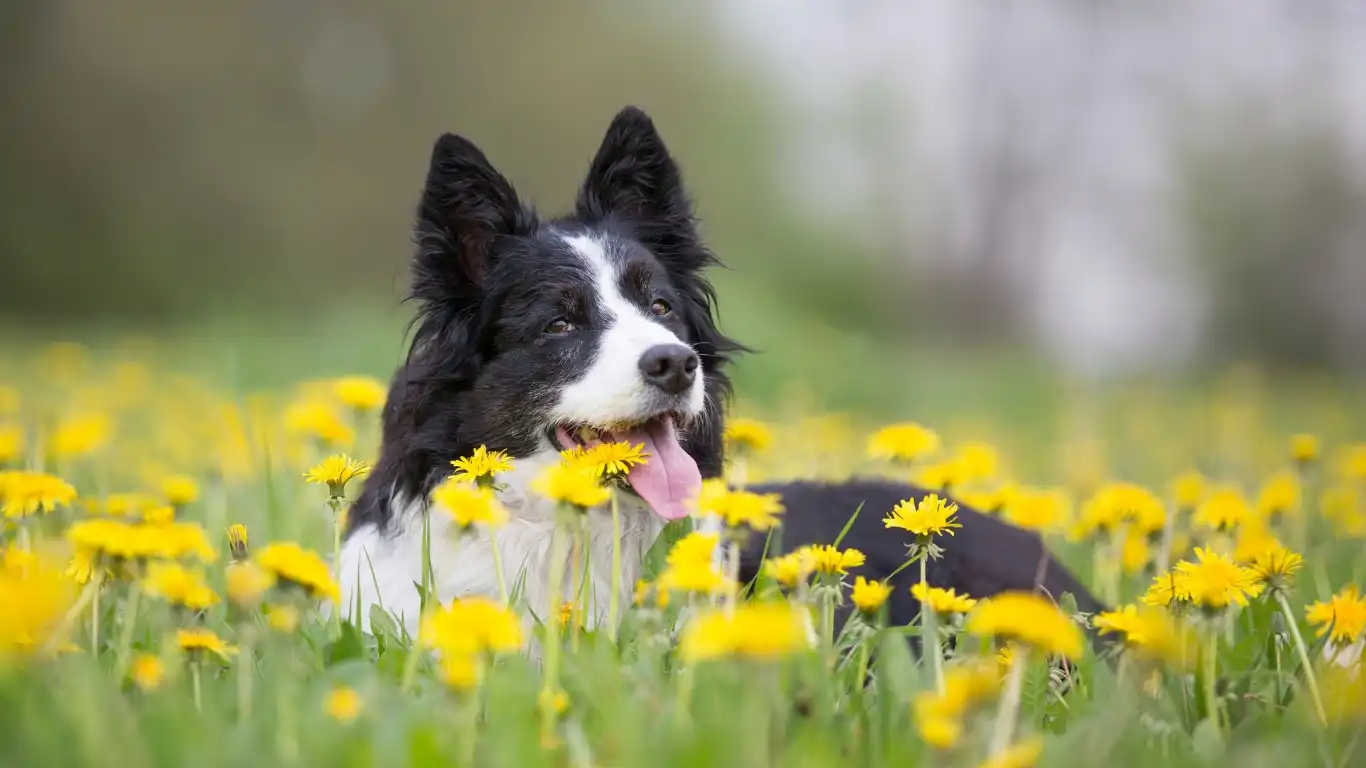
While summer grooming is all about beating the heat, winter grooming focuses on protecting the skin and coat from dryness, mats, and other weather-related issues. I’ve noticed many dog owners skip grooming in the cold months because they think it’s unnecessary, but it’s actually just as important year-round.
Winter Grooming Essentials:
- Regular brushing: Helps distribute natural oils and prevents mats that can trap cold air against the skin.
- Bathing with moisturizing shampoo: Use a gentle formula designed for sensitive or dry skin to avoid stripping natural oils.
- Trimming paw hair: Keeps snow and ice from clumping between toes, which can be painful and lead to infections.
- Check ears and nails: Cold weather can cause ear infections and overgrown nails make walking on slippery surfaces tougher.
Once, I cared for a golden retriever who developed painful cracks between his paw pads from trapped ice and snow. A quick trim of the fur between his toes combined with daily paw balm applications made a noticeable difference in his comfort and mobility. It’s these little details that really show how much love and care you’re giving your dog.
Monitor Behavior and Adjust as Needed
Every dog is different, and part of being a great pet parent means tuning into their unique needs as the seasons change. When I work with families, I always emphasize watching for subtle shifts in behavior that could signal discomfort or health issues related to the cold.
Is your dog suddenly less enthusiastic about walks? Are they shivering more indoors? Or maybe they seem more lethargic than usual? These could be signs it’s time to adjust their winter routine—whether that means adding extra layers, increasing mental stimulation indoors, or scheduling a vet visit to rule out underlying issues.
For example, one of my clients’ older poodles started avoiding the stairs during winter months. After a thorough checkup and adding joint supplements, along with a heated bed, she was back to her usual playful self in no time.
Helpful Resources for Winter Dog Care
- American Veterinary Medical Association
- American Society for the Prevention of Cruelty to Animals
- American College of Veterinary Internal Medicine
- American Animal Hospital Association
Disclaimer
The information provided in this article is based on professional experience as a Veterinary Technician and general veterinary knowledge but should not replace advice from your veterinarian. Always consult with your pet’s healthcare provider for specific health concerns or before making changes to their diet, medication, or care routine.


